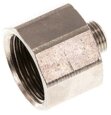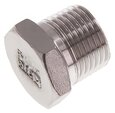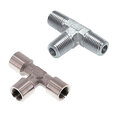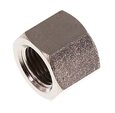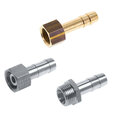Fittings Used In Irrigation Systems
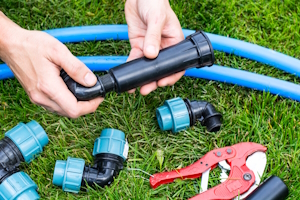
Figure 1: Irrigation fittings range widely in design and function.
Irrigation fittings connect various parts of an irrigation system. There are various types of these fittings, each with specific functions such as changing the direction of water flow, connecting pipes, or controlling water pressure. This article provides an overview of the common fittings used in irrigation systems, explaining their roles and how they contribute to water management within these systems.
View our online selection of irrigation fittings!
Table of contents
Irrigation fitting types
Elbow fittings
Elbow fittings facilitate directional changes in piping. These fittings, usually available in 90-degree and 45-degree angles, are used to navigate obstacles, change the piping direction for optimal layout, or connect pipes that cannot align due to their fixed orientation. Irrigation water distribution networks traverse varying landscapes and meet specific design criteria. Elbows help maintain a seamless and efficient flow of water throughout the system.
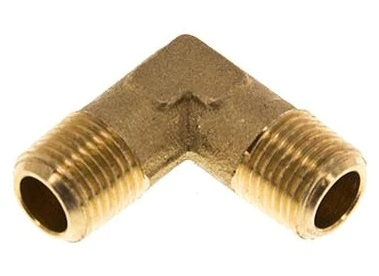
Figure 2: A brass irrigation elbow fitting
Tee fittings
Tee fittings branch the main water line into one or more subsidiary lines, allowing for a more complex and extensive irrigation network. These T-shaped connectors provide a junction that splits the water flow into different directions, enabling the system designer to create a layout that can efficiently water multiple zones or areas within a landscape.

Figure 3: A PVC irrigation tee fitting
Cross fittings
Cross fittings connect four pipes at a single point, creating a junction that allows for the simultaneous distribution of water in multiple directions. These cross-shaped connectors are particularly useful in complex irrigation layouts where a perpendicular two-way split off a main water line is insufficient and an additional two-way split is needed. This capability is especially beneficial in larger, more intricate irrigation setups where precise control over the direction and division of water flow is critical for achieving thorough and balanced coverage across all sections of the cultivated area.
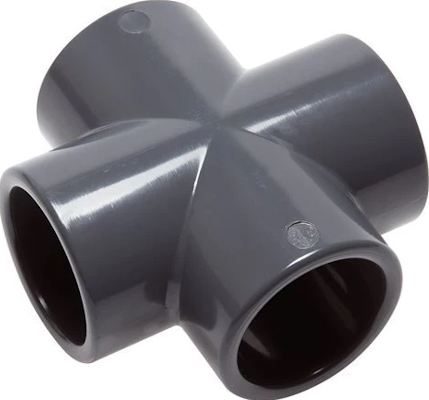
Figure 4: A PVC irrigation cross fitting
Coupling fittings
Coupling fittings are primarily used to connect two pieces of pipe of the same diameter to extend the irrigation line's length or repair a damaged section of piping. These straight connectors ensure a secure and leak-free junction, maintaining a continuous and consistent water flow through the system. By using couplings, one can easily modify or expand an existing irrigation network to cover new areas or adjust to changes in the landscape design. They are also invaluable for routine maintenance, as they allow for quick and efficient replacement of worn or broken segments of the pipeline.
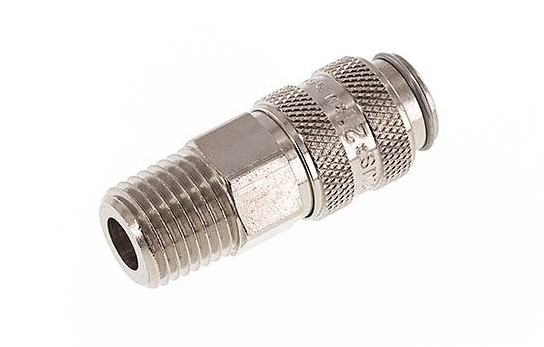
Figure 5: A nickel-plated brass irrigation coupling fitting
Reducer fittings
Reducer fittings connect pipes of different diameters, allowing a smooth transition from a larger-diameter pipe to a smaller one or vice versa. These fittings are useful for an irrigation layout that gradually decreases water flow or pressure as the water moves away from the main supply line towards the individual emitters or sprinkler heads. Reducers allow the system to adapt to the varying flow rate and pressure requirements of different zones within the irrigation network, ensuring that each area receives an appropriate amount of water.
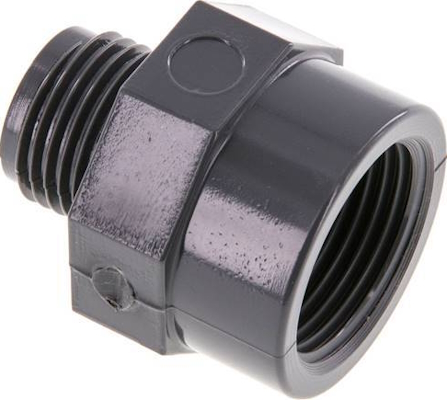
Figure 6: A PVC irrigation reducer fitting
Cap fittings
Cap fittings are common irrigation pipe fittings, mainly used to seal off the end of a pipe, preventing water from leaking out and ensuring that the flow is directed only to the designated emitters or sprinkler heads. Their primary function is to create a watertight closure at the end of an irrigation line, which is necessary for maintaining the system's pressure and efficiency. Caps also provide a clean and accessible endpoint for future expansions or modifications to the irrigation network. During maintenance or system alterations, caps can be removed to allow for flushing debris from the pipes or to extend the pipeline further. Learn more about how these fittings work by reading our article on how to cap off a copper pipe.
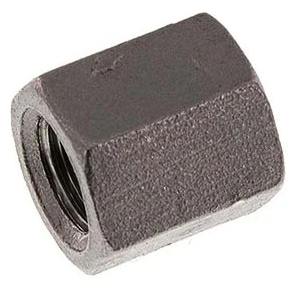
Figure 7: A stainless steel irrigation end cap fitting
Barbed fittings
Barbed fittings are used in low-pressure irrigation systems, particularly in drip or micro-irrigation setups, due to their primary function of securely connecting flexible tubing or hoses without clamps or adhesive. The barbs are small, pointed ridges on the fitting that grip the inside of the tubing as it is pushed onto the fitting. Once installed, hose clamps fit around the hose, creating a tight seal that resists leaks and disconnection under normal operating pressures. The simplicity and ease of installation make barbed irrigation fittings popular among gardeners and landscapers, as they can quickly assemble or modify their irrigation systems to adapt to changing garden layouts or plant water requirements without specialized tools or complex procedures.
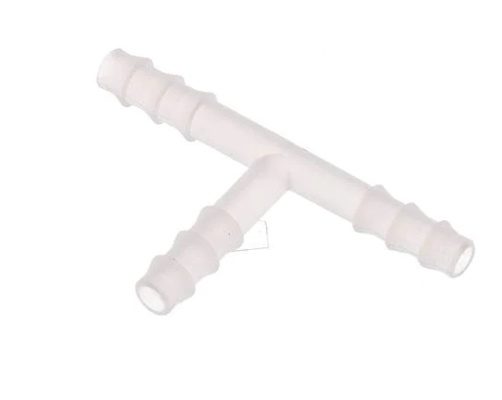
Figure 8: A plastic irrigation barbed tee fitting
Hose end fittings
Hose end fittings are specialized attachments designed for the endpoints of garden hoses and irrigation lines, providing a secure, watertight connection between the hose and various irrigation components such as sprinklers, nozzles, or faucets. Irrigation hose fittings typically have threading or a quick-connect mechanism that simplifies attaching and detaching the hose, allowing for easy changing of end devices and facilitating convenient access for water supply adjustments or maintenance tasks.
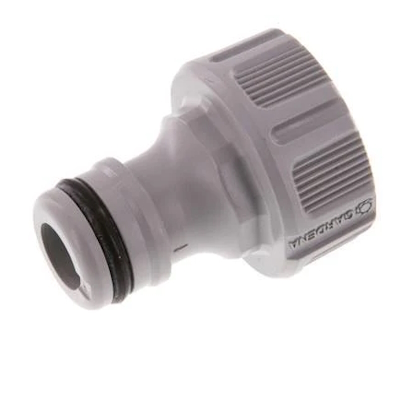
Figure 9: A plastic irrigation hose end fitting
Irrigation fitting material selection guide
Irrigation fittings are made of various materials. The following table outlines the most common materials and the selection criteria to consider when selecting a material for an irrigation fitting.
Table 1: Selection guide for irrigation fitting material
Material |
Selection criteria |
|
| Pros | Cons | |
| PVC |
|
|
| Polyethylene (PE) |
|
|
| Brass |
|
|
| Stainless steel |
|
|
| Aluminum |
|
|
| Galvanized steel |
|
|
| Copper |
|
|







